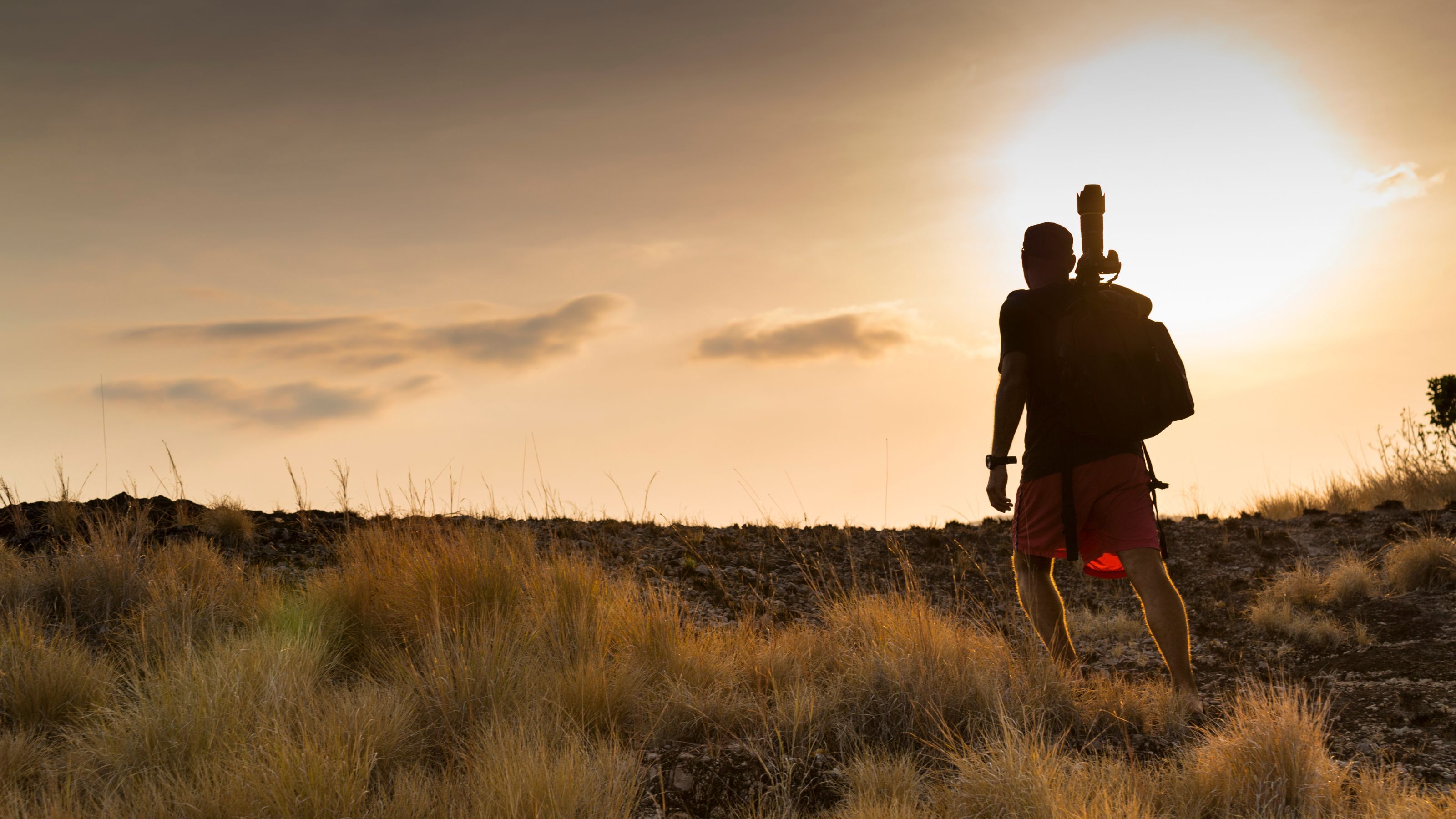Location scouting
Jan 31, 2023
Hello filmmakers and welcome back to planning your pre-production!
You’ve come a long way since we started this journey, but now it’s getting very real - it is time to start working out exactly where you will be filming. And if you’ve just discovered this blog- don’t worry, all the past blogs are here for you too.
Okay, when I read that back, that seems a fairy obvious step in the filmmaking process and one that doesn’t need to explained. But there is more to it than it may seems. Location scouting is an incredibly important step in not just finding a place that looks perfect, but will also function well when creating a documentary.
Naturally, preparation is key! The more you understand the locations you are shooting in, the less obstacles you’ll have to overcome on the day.
Where to interview
Now, of course not every documentary has to have direct-to-camera interviews but it is pretty likely. So for those who this will apply, you want a controlled indoor environment. One which your interviewee will be comfortable in but also will technically support you. For example, don’t have your interviews next to a construction site. And yes, I’m speaking from personal experience.
Unfortunately, it's common that the location of your shoot will be at the mercy of your your talent’s time and preference. But this doesn’t mean you don’t have work to do. You may be allocated space in their back office, and now you need to make the space work for you.
So, what story is the backdrop telling? Is it supporting the context of the interview or not? If you're interviewing a Doctor at a nail salon, it’s probably going to leave the audience with more questions then they come in with.
The lighting will be completely dependent on the space and your equipment. If the space allows then you should position your talent to work with the natural lighting, (unless you’re going for something super stylised) and fingers crossed there’ll be room to use your own equipment to help make the lighting as good as it can be.
And of course, the sound. This again comes back to getting a controlled environment. Last thing you want on shoot day is to be battling the sounds of phones, drills or trains.
Also, don’t forget about yourself and your team! If your handling lights, microphones, cameras and leads it can be frustrating when you’re all squished in but again, that’s doco filmmaking, it’s not always ideal.
Don’t leave it till the day!
Depending on the scale and resources of your production, you may feel inclined to scout your location on the day and resolve any issues on the go. But I encourage you to prepare as much as possible. Even if it’s getting some photos or even better, getting someone to video call you from the location so you can see what sort of space you’ll be in ahead of the shoot.
Regardless, you need to consider the consequences that ill-preparation may have on you, your crew and the person you are interviewing. Continuously coming up against obstacles could cause your guest to get upset, nervous, bored or they may just be in a rush! And now they’re not able to give you the time you had hoped for.
Time management on location will also depend heavily on your understanding of your equipment. Now, don’t stress! In the future I will be doing a whole series on getting to know your equipment. But for now, just be conscious of this and to be sure to consider it how long you need to set up and pack down when scouting for a location.
Observational shooting and B-roll
Of course the other footage we need for your documentary is observational footage or B-roll.
How exactly do you want to obtain your B-roll? This depends on your film and your style of filmmaking. . For myself and Moonshine Agency, when we’re filming we thrive in keeping our equipment and set-up simple so we can stay flexible in these incredibly dynamic environments.
If you’re planning on recording specific audio or footage, this changes things. If you’re going down this route, you’ll need to create a more traditional shot list and develop a detailed a schedule around it. For more information on scheduling, be sure to check out my previous blog.
Be sure to reach out!
I have covered a lot in todays blog and even more in the podcast and video. So, it would be completely understandable for you to have questions and concerns! Luckily, I’m just a click away.
Please don’t hesitate to e-mail me or reach out via social media and if you’re looking for any other resources you can’t find, let me know and I’ll be sure to provide you with what you need.
Movie making magic emails*
Emails that make you a better filmmaker. From us to you each week.
*anecdotal only, magic has not been scientifically proven
We hate SPAM. We will never sell your information, for any reason. Not even in exchange for a unicorn.


